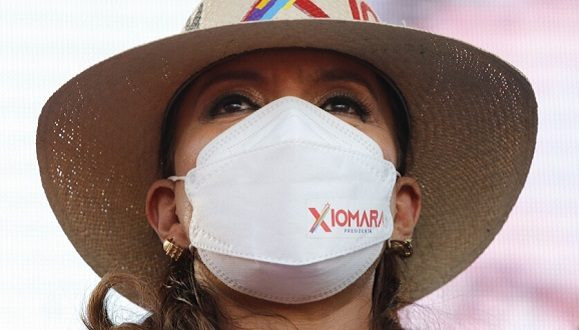
According to official data, the daily average of murders in the mentioned period was almost 10 per 100 thousand inhabitants.
By María Josefina Arce
When Xiomara Castro assumes the presidency of Honduras on January 27th, she will have a great challenge: to face the prevailing violence in that nation, which with nearly ten million inhabitants is considered the most violent in Central America.
The number of homicides increased 6.5% only from January to September last year, compared to the same period in 2020. In those nine months the number of violent deaths reached 2,720.
According to official data, the daily average of murders in the mentioned period was almost 10 per 100,000 inhabitants.
These events are attributed to a greater extent to organized crime and gangs, known as maras, which fight over territories and extort the inhabitants of communities and neighborhoods.
The arrival of COVID-19 did not put a stop to actions linked to drug trafficking and threats in the neighborhoods controlled by these criminal groups.
The high level of impunity in the country contributes to the maintenance of this critical situation. According to human rights organizations, around 90% of homicides remain unpunished.
In many cases, the various criminal groups operate in complicity with politicians, government officials and the judicial system.
Moreover, the security measures adopted have led to the transgression of human rights. Police forces have used excessive force in the various operations launched, in addition to collusion with criminal groups.
The truth is that over the years social policies to improve the living conditions of Hondurans and open new possibilities for young people, who are often forced to join gangs, but in other cases resort to them to get money, have been forgotten.
According to the state-owned Autonomous University of Honduras, poverty in that country increased to 70% in 2020, while approximately 40% of the population is in a situation of extreme poverty. In rural areas, this rate is 73.5%.
The unemployment rate reached about 11% in 2020, while from 2018 to last year the number of students enrolled in the public education system fell by 17%.
The escape valve to violence and poverty is emigration. In 2019, some 300,000 Hondurans emigrated to the United States.
Hence, Xiomara Castro, who will govern from the 27th, has expressed her administration's commitment to youth and to addressing the main needs of the Honduran people.
Her goal is to create new job opportunities, attend to education and other areas, whose precariousness threatens the quality of life of citizens and leads to increased violence.

